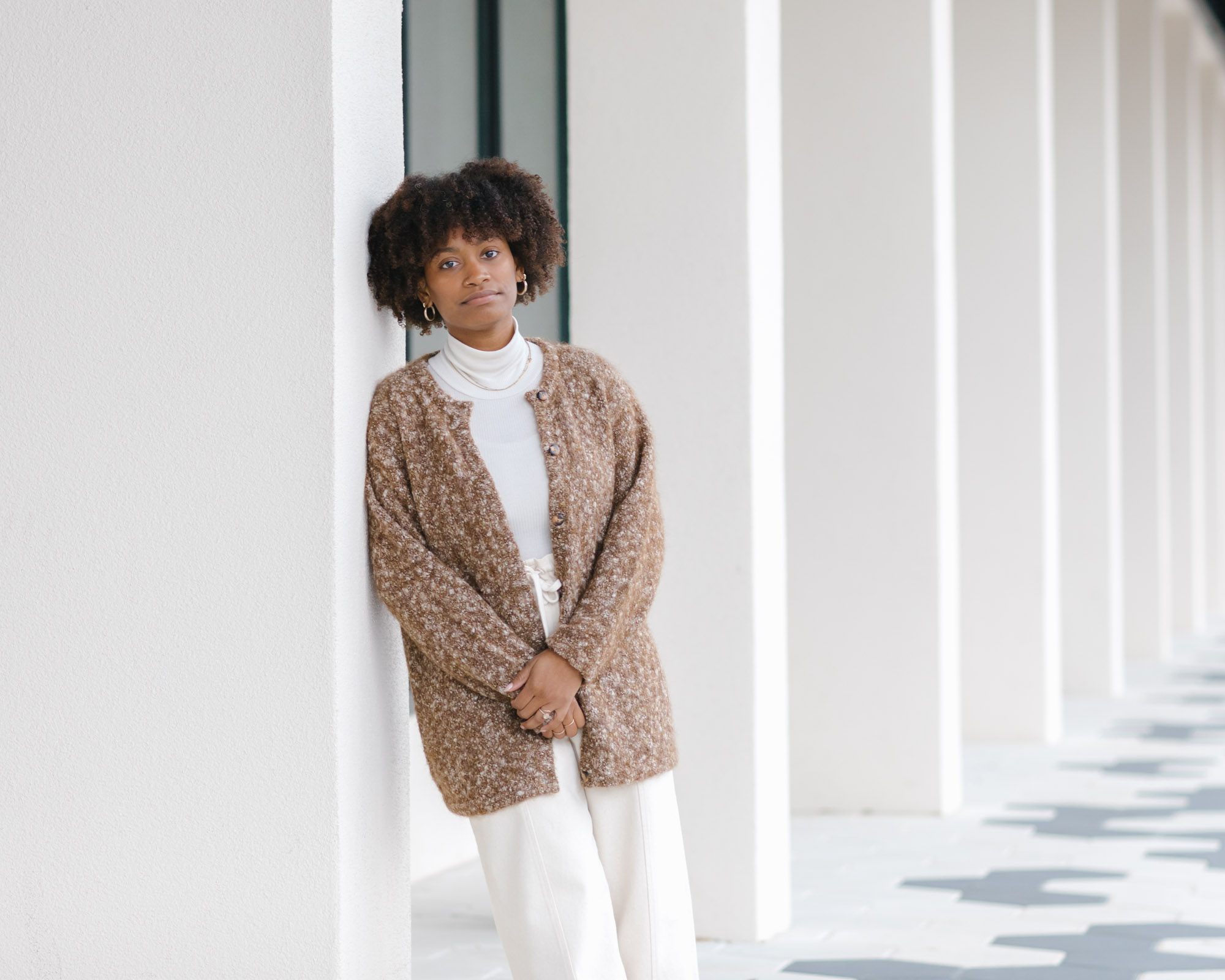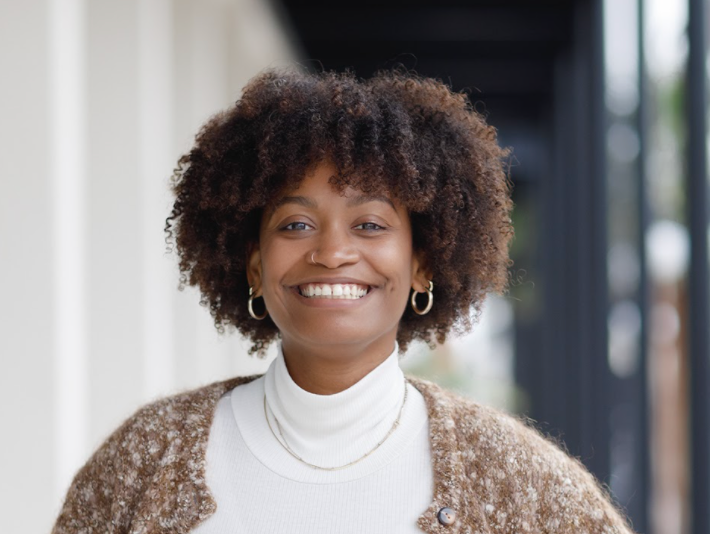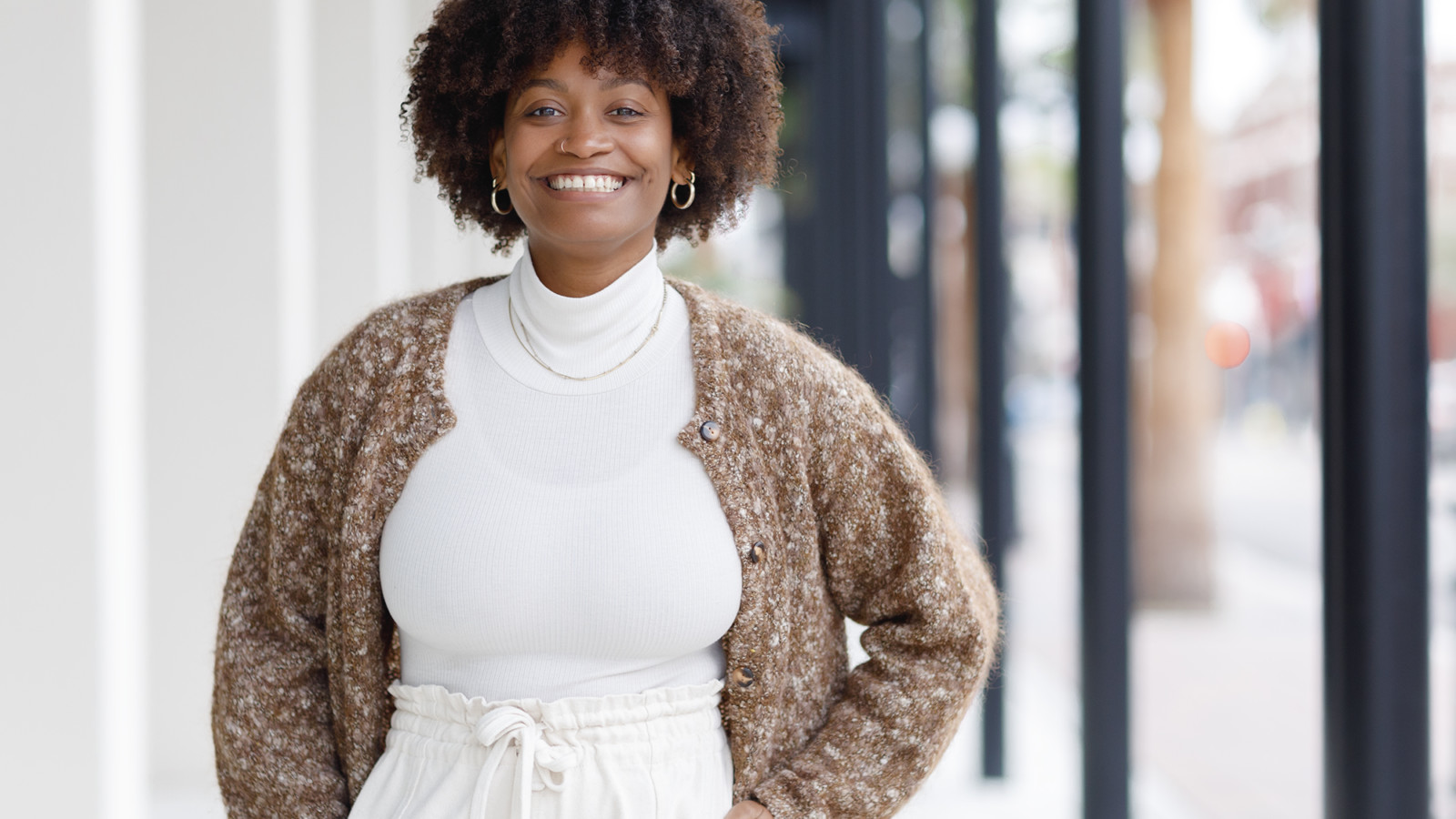Welcome to Transparent, a photo editorial series profiling Black mental health advocates who are breaking down barriers, increasing transparency, and changing the way mental health is perceived in the Black community. Salesforce and Thrive Global, with support from KPMG, have partnered to make change: to bring about positive mental health conversations in the Black community, to share strategies for seeking help, and to prioritize mental well-being.
By Josefina H. Sanders, as told to Thrive Global Studios
Growing up, my mom and my dad had a long-distance marriage. He lived in the Dominican Republic, and we lived in the U.S.. We never talked about how much of a strain it was. Once, when I was 6 or 7 years old, I ran into my mom’s room at night because I had a bad dream and I saw her crying. I asked her what was wrong, and she said, “Hush and go to your room.” Mental health was something that you just dealt with at night when everyone was sleeping.
It wasn’t until much later, when I experienced a miscarriage, that I broke free from the “hush.” My first response to our loss was to tell my husband, “No one needs to know about this. We will not talk about this” — because as a Black woman, you have to be strong. But when I was put on bed rest for a few days to recover, I realized I was going to need help processing and healing. I had this fear, though: “What will people think? Are they going to judge me?” It took me 10 months to start sharing my vulnerabilities with others, but I’m so glad I did.

“… because as a Black woman, you have to be strong. But when I was put on bed rest for a few days to recover, I realized I was going to need help processing and healing.”
When I first started sharing my miscarriage experience, one of the sweetest things that happened was that I found a community of women who have experienced the same misfortune. I found so much strength and community in that. It didn’t take away from the things I was struggling with, it didn’t take away from my grief — but it added support, and that was something I needed. My loss taught me to break free from the generational trauma that I’ve been carrying for a long time.
Art has become another way for me to share. Even as a child, when I experienced triggers, my art is what I clung to. When I experienced my miscarriage, I started journaling and taught myself calligraphy — and those acts were an escape from my pain, a path toward healing. I realized that with calligraphy, if your hands are shaky, you can’t draw a straight line. So it forces you to slow down and check in with yourself: “Did you eat today? How are you feeling?” It gives me the chance to make sure I’m filling up my love tank, that I’m taking care of myself before I take care of anyone else.



